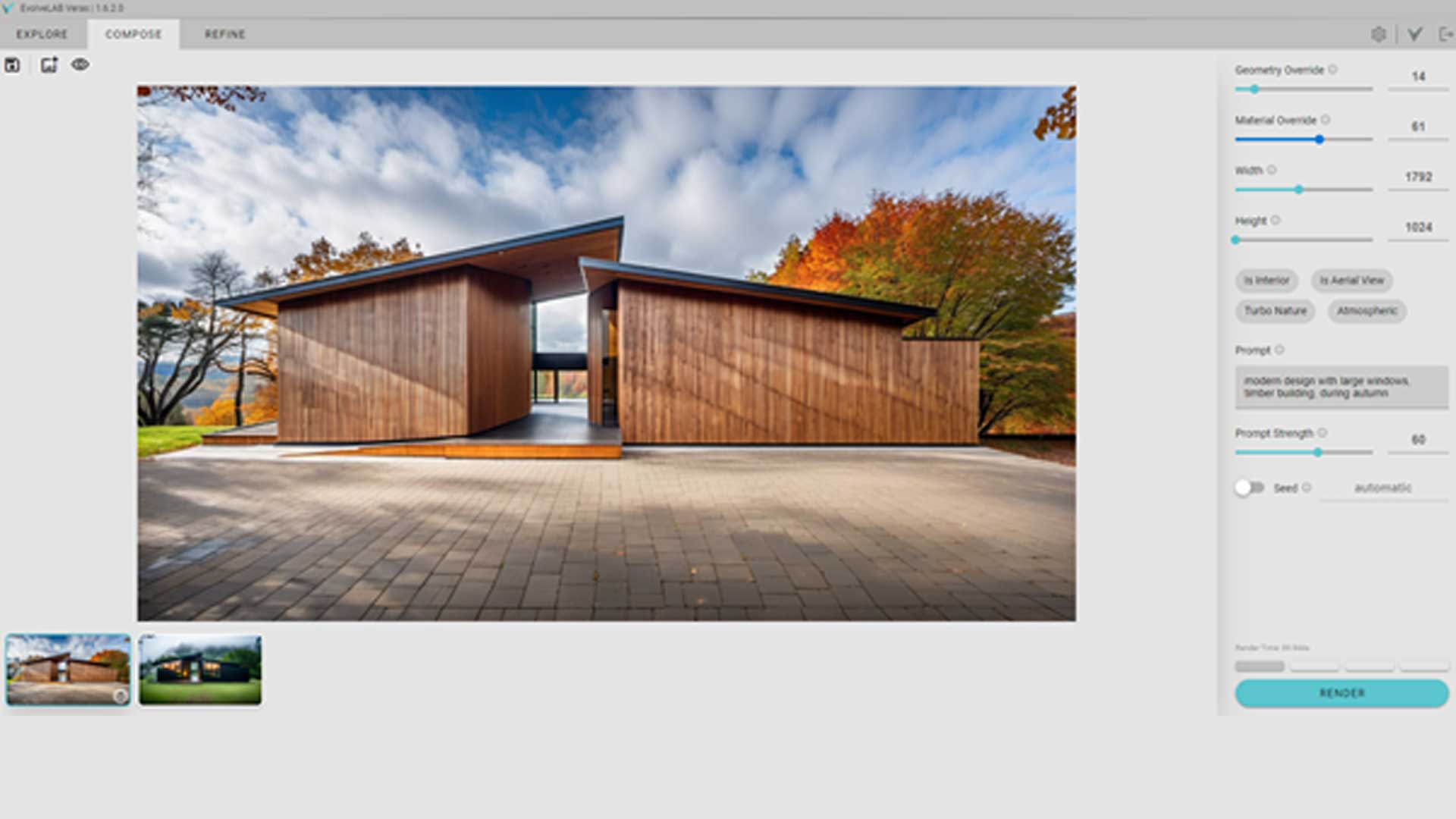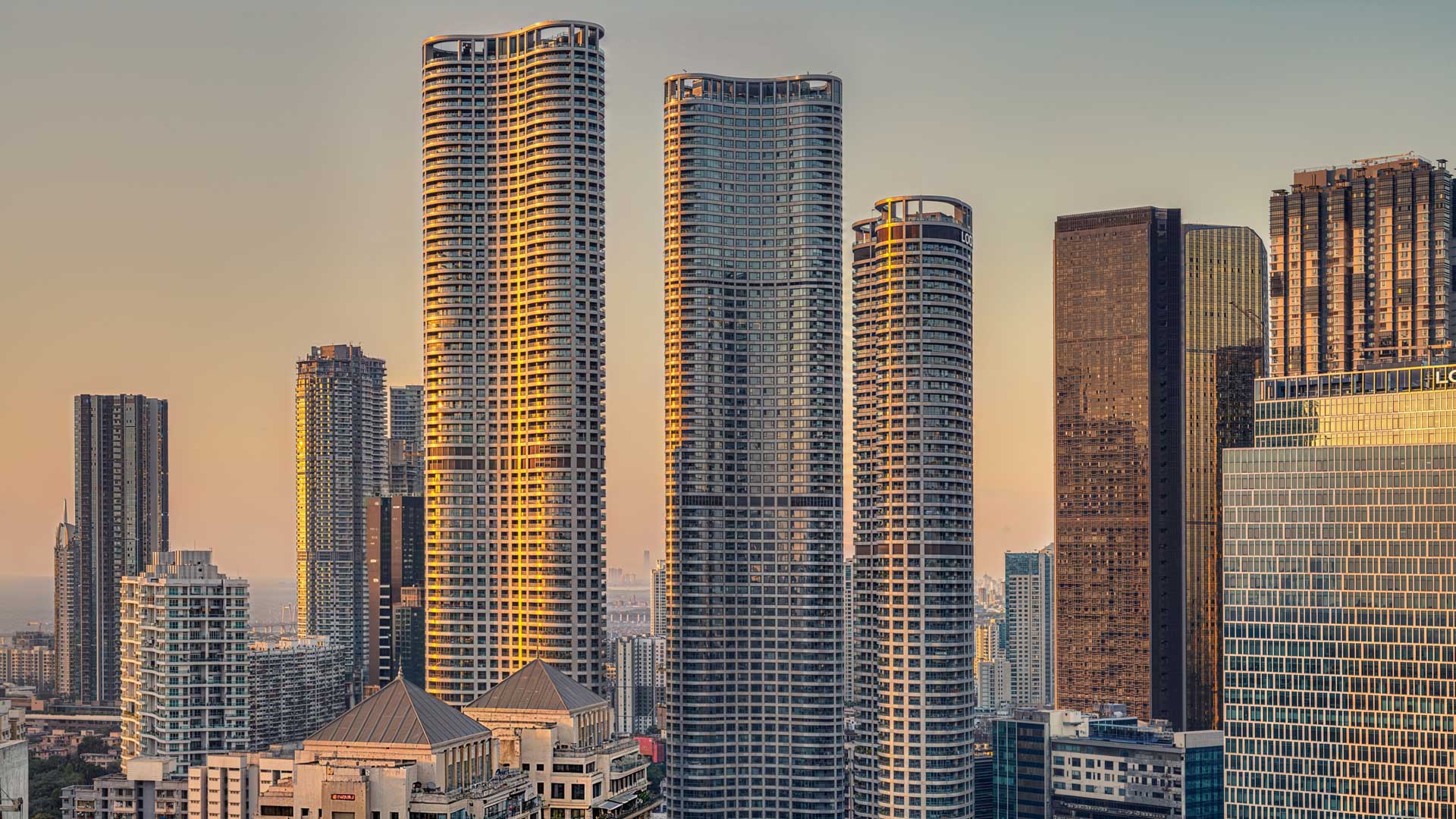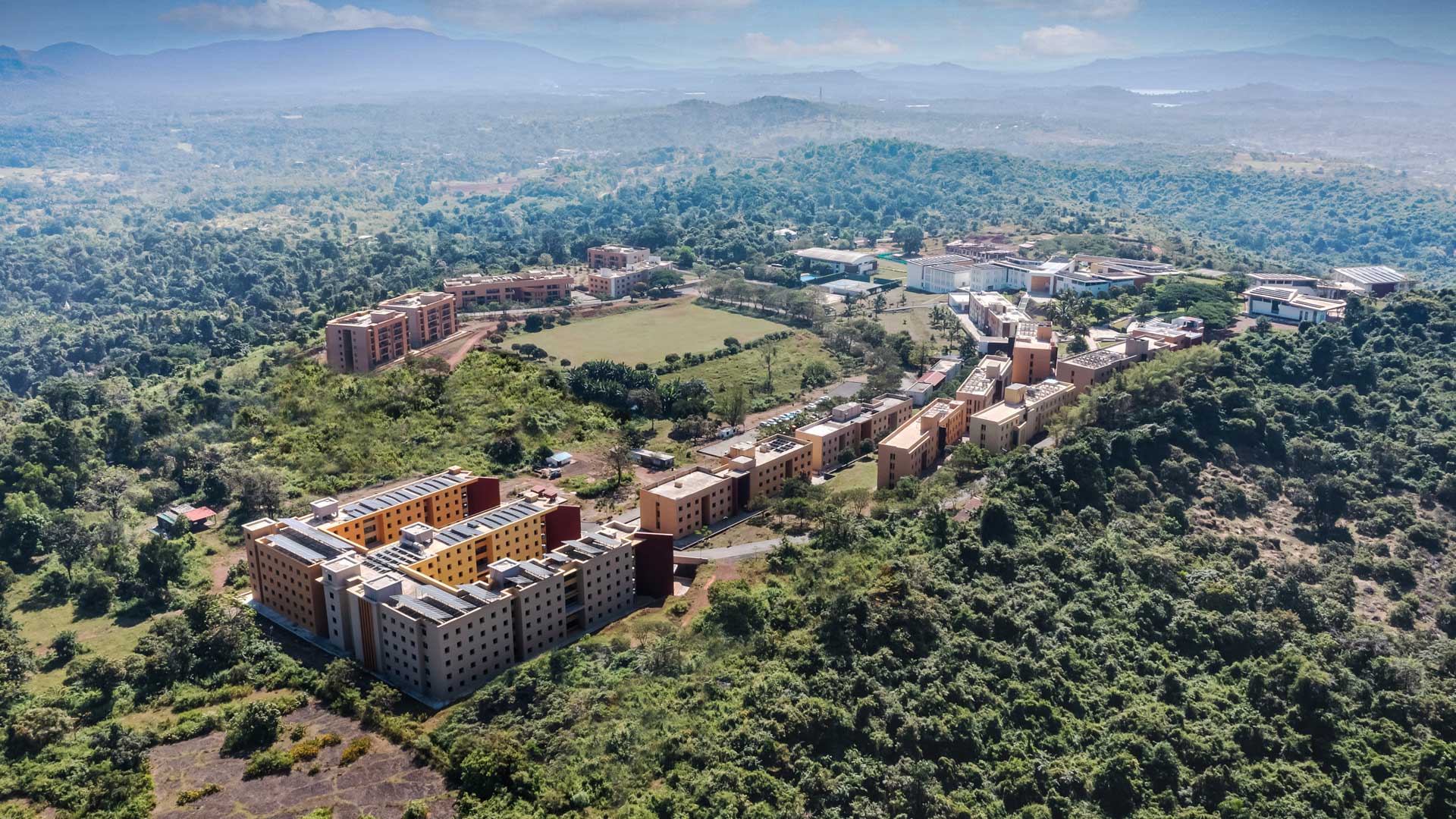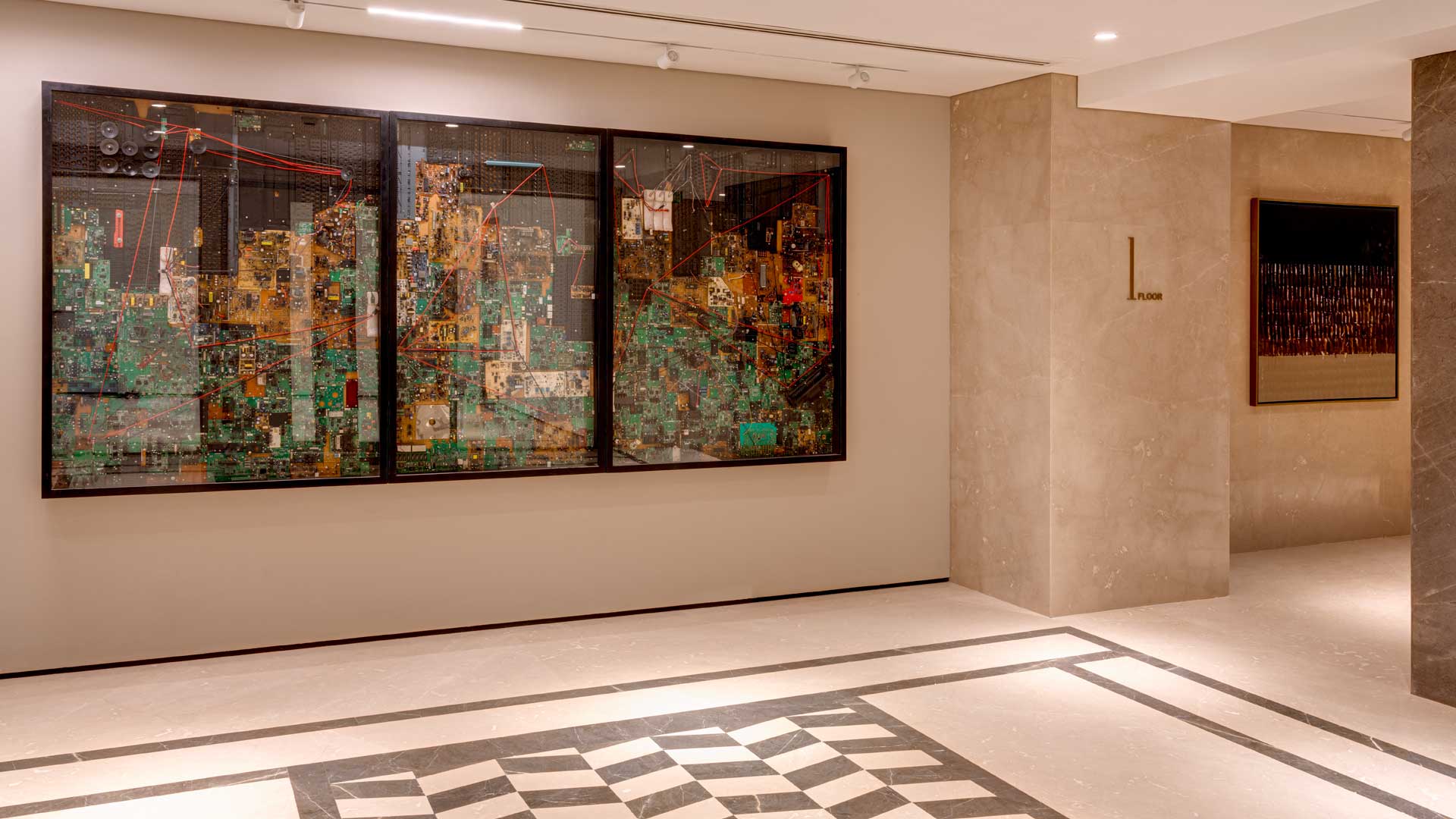Heritage documentation- under the Lidar
Using advanced LiDAR scanning technology, a comprehensive 3D model of the building was captured, allowing for meticulous documentation of every structural detail to support future restoration efforts.
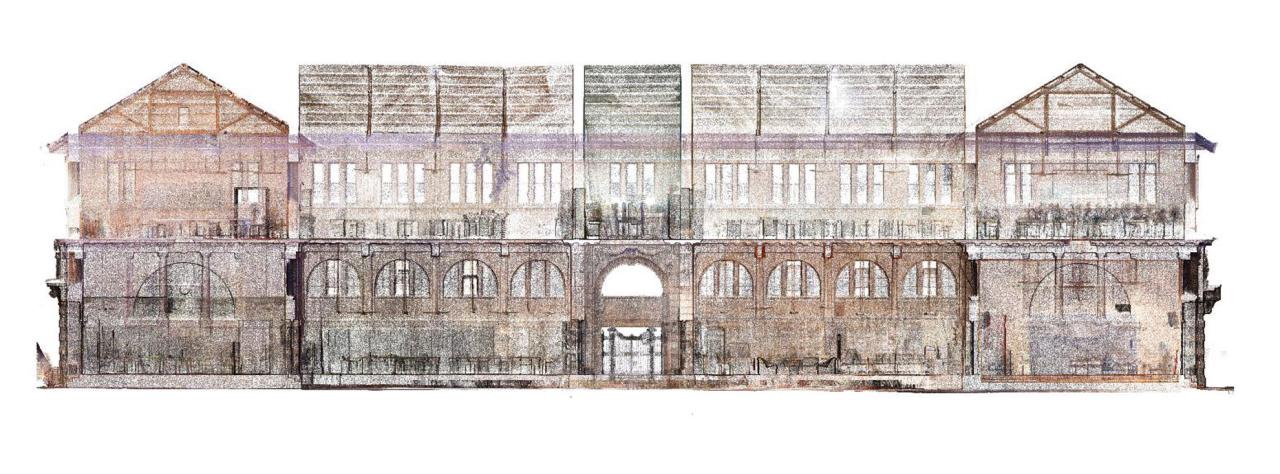 We have employed the Lidar 3D scanning technology at the Sir J.J. College of Architecture building to map and survey the existing built form and its condition. This advanced technology allows us to capture highly accurate and detailed information about the building's structure, its dimensions, and any existing wear or damage, providing a comprehensive record of the building’s current state.
We have employed the Lidar 3D scanning technology at the Sir J.J. College of Architecture building to map and survey the existing built form and its condition. This advanced technology allows us to capture highly accurate and detailed information about the building's structure, its dimensions, and any existing wear or damage, providing a comprehensive record of the building’s current state.
Lidar, which stands for Light Detection and Ranging, is a cutting-edge method that uses laser pulses to measure distances. The technology works by emitting rapid laser pulses toward a surface, and then recording the time it takes for the pulses to reflect to the scanner. This data is used to determine the precise distance between the scanner and the object being surveyed. As a result, it creates a dense network of measurements that can be compiled into a 3D model of the surveyed object or environment.
- Danesh Mistry
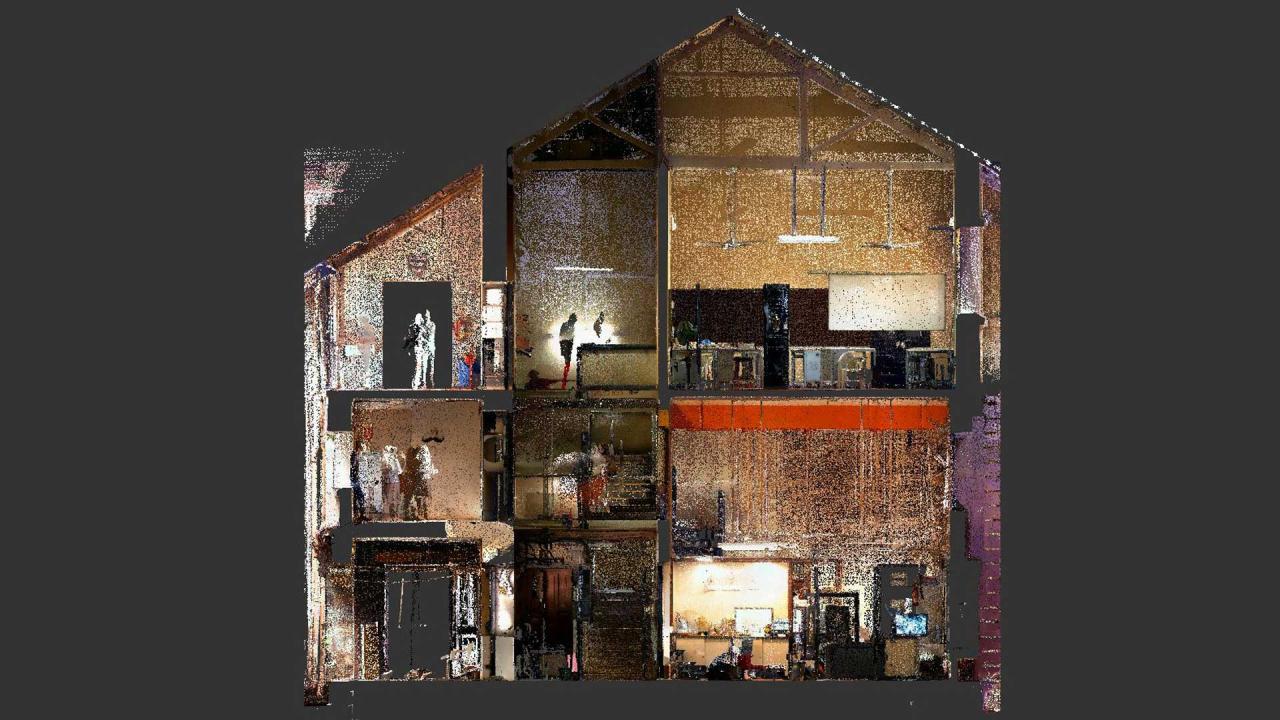
An important aspect of Lidar scanning is the creation of an imaginary grid that is superimposed on the structure. This grid serves as a reference for the measurements taken during the scan. The closer the grid lines are placed, the more precise the resulting 3D model will be, capturing fine details of the structure. This level of precision is particularly valuable when dealing with heritage buildings, where every detail of the structure is important to preserve.
By using this technology, we gained insights into the building’s condition that would be difficult or impossible to obtain using traditional surveying methods. The 3D point can also serve as a valuable tool for documenting the building's condition over time, making it easier to track any changes or deterioration, as well as assisting in the design of restoration or preservation strategies. This makes Lidar scanning an essential tool for architectural conservation and maintenance, especially in historic buildings like the Sir J.J. College of Architecture.

